 Browse by PRODUCT LINES
Browse by PRODUCT LINES
 All product lines
All product lines
 Search products
Search products
 In the spotlight
In the spotlight

Because you will be directly touching it with an adhesive and flooring material, both of which may not function properly when in contact with a damp substrate. For example, if your goal was to install a solid vinyl sheet flooring over a damp concrete slab using a wet-lay, water-based adhesive, once you covered the adhesive with the sheet vinyl there would be nowhere for the moisture in the adhesive to absorb into; the existing moisture would remain in its liquid state and the installation would be a mess. Another example would be to install prefinished solid wood flooring using a urethane adhesive over a damp concrete slab. The urethane adhesive would cure nicely because it cures by coming into contact with moisture, but the wood flooring would absorb moisture coming from the slab and cup, warp, curl or swell – causing a nightmare of a problem. The bottom line is that there's a reason for the moisture-limits statements of adhesives and flooring materials. As such, the installer should calculate the appropriate measurements for moisture to determine if he can proceed or if he needs to do something more to isolate that moisture from the flooring installation. Learn more here:
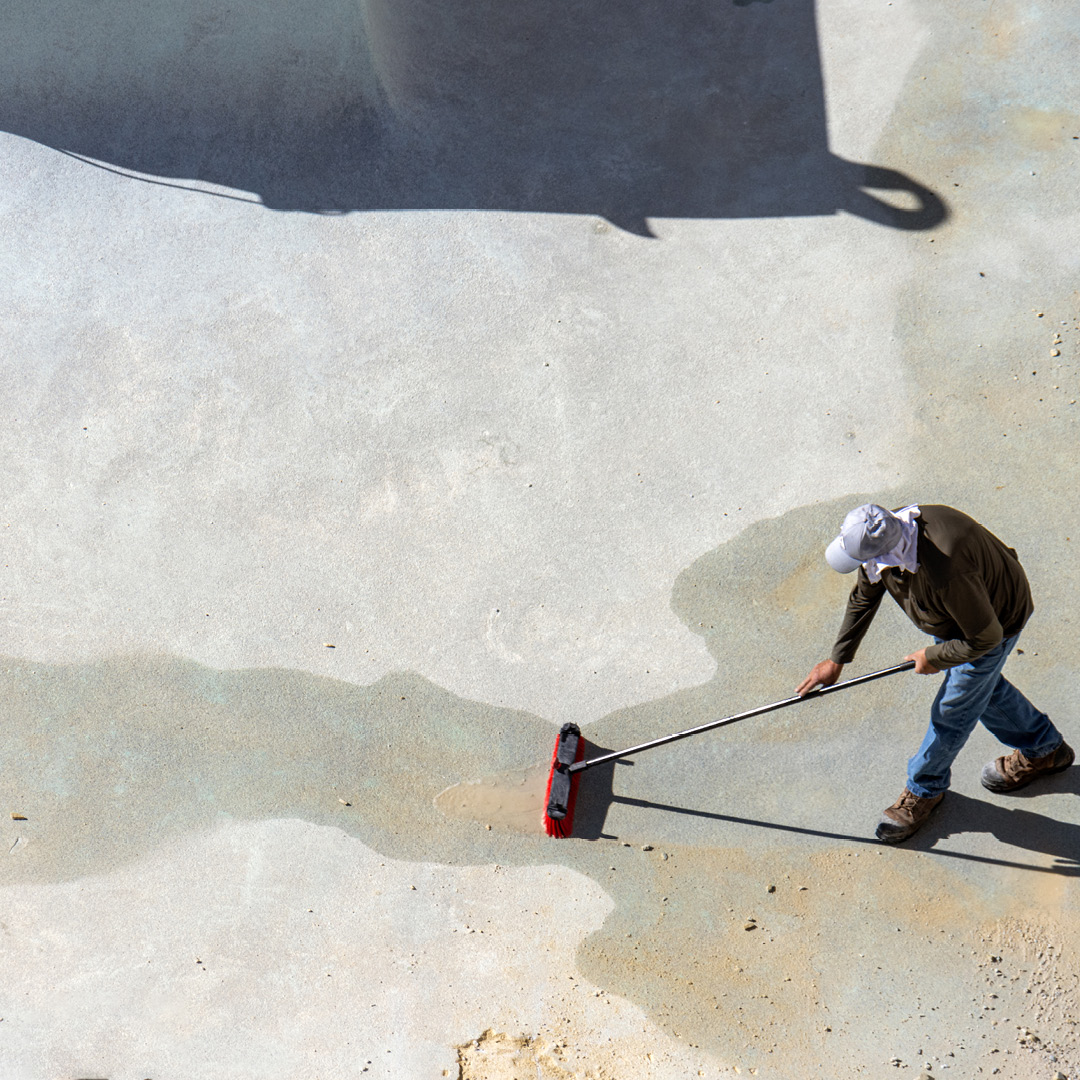
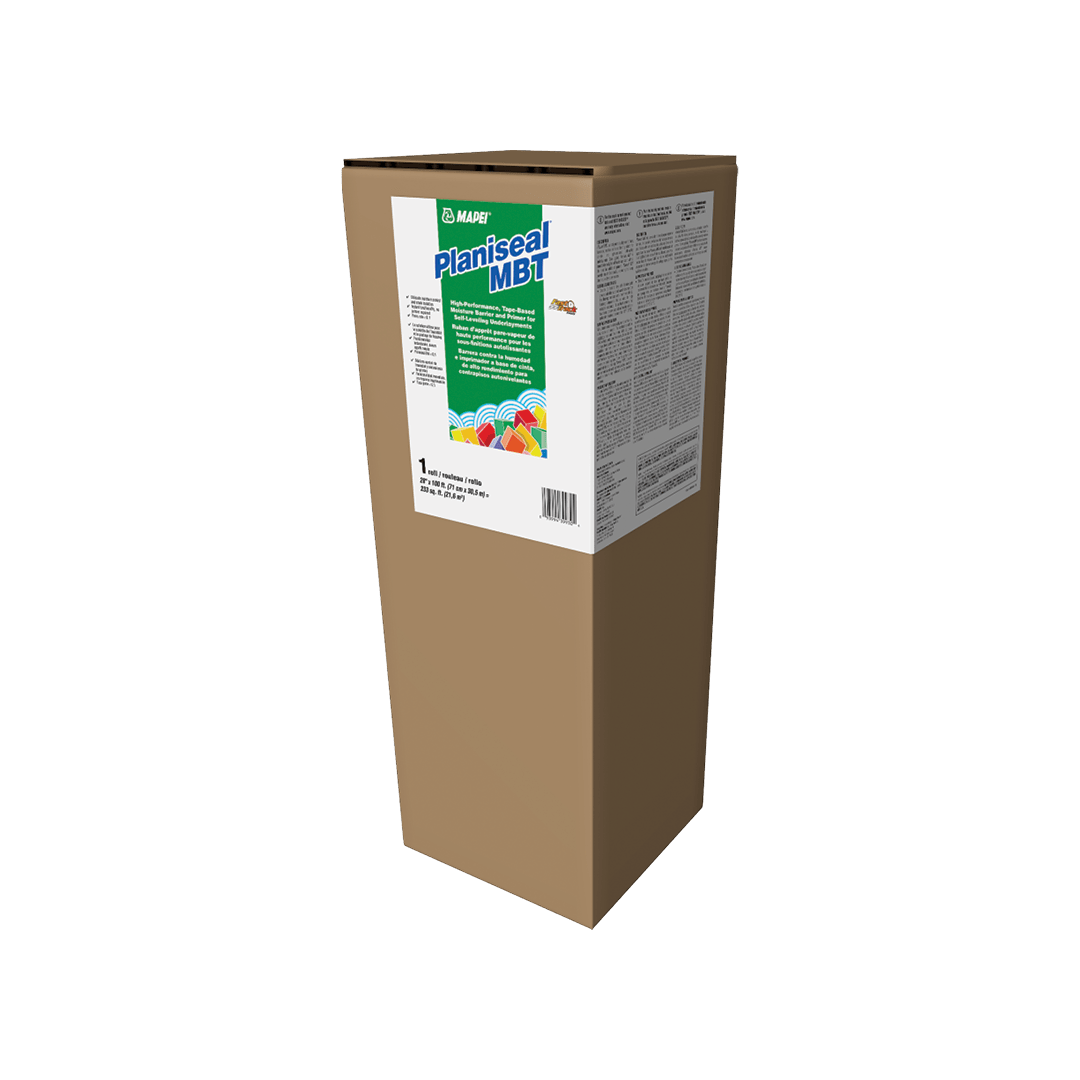
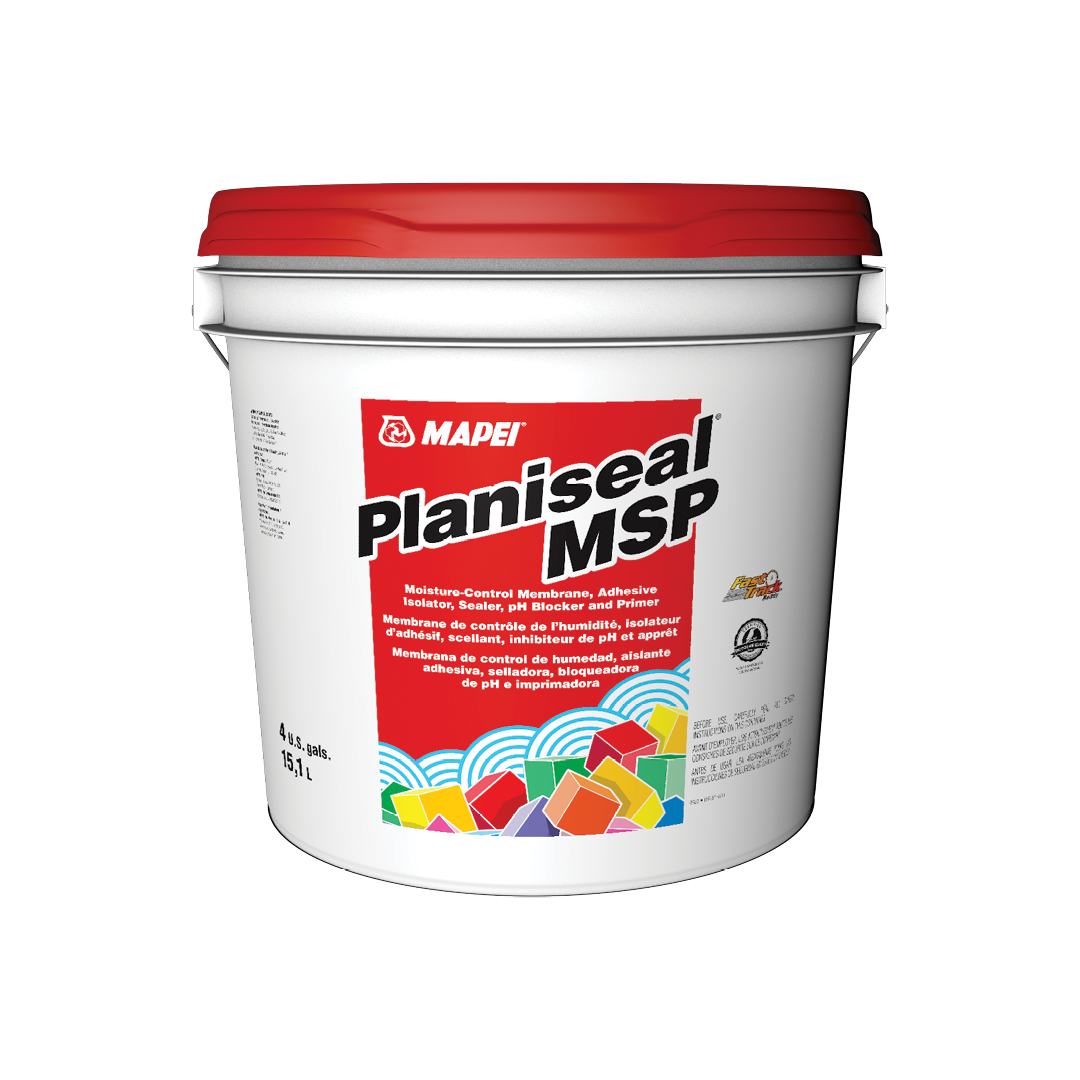

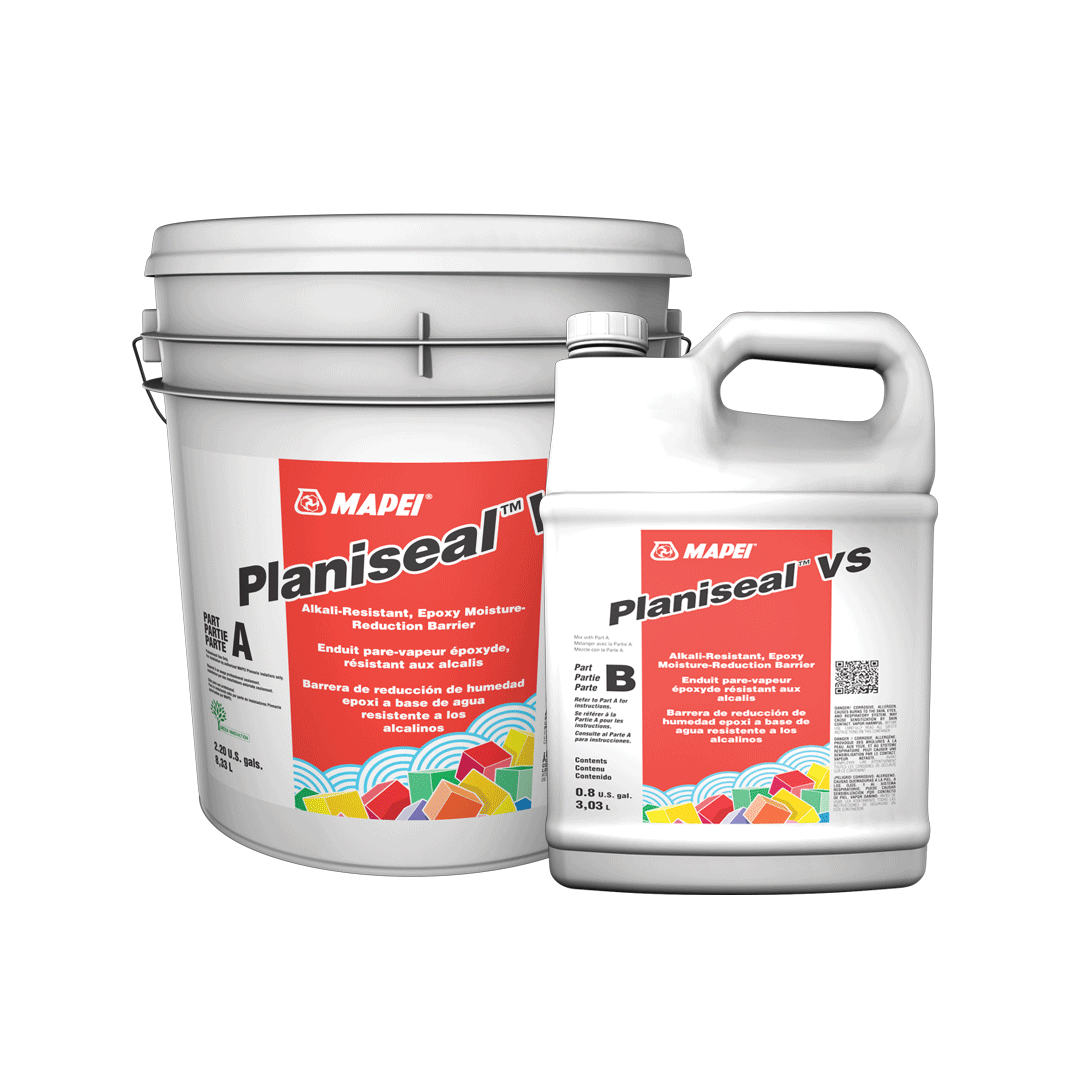
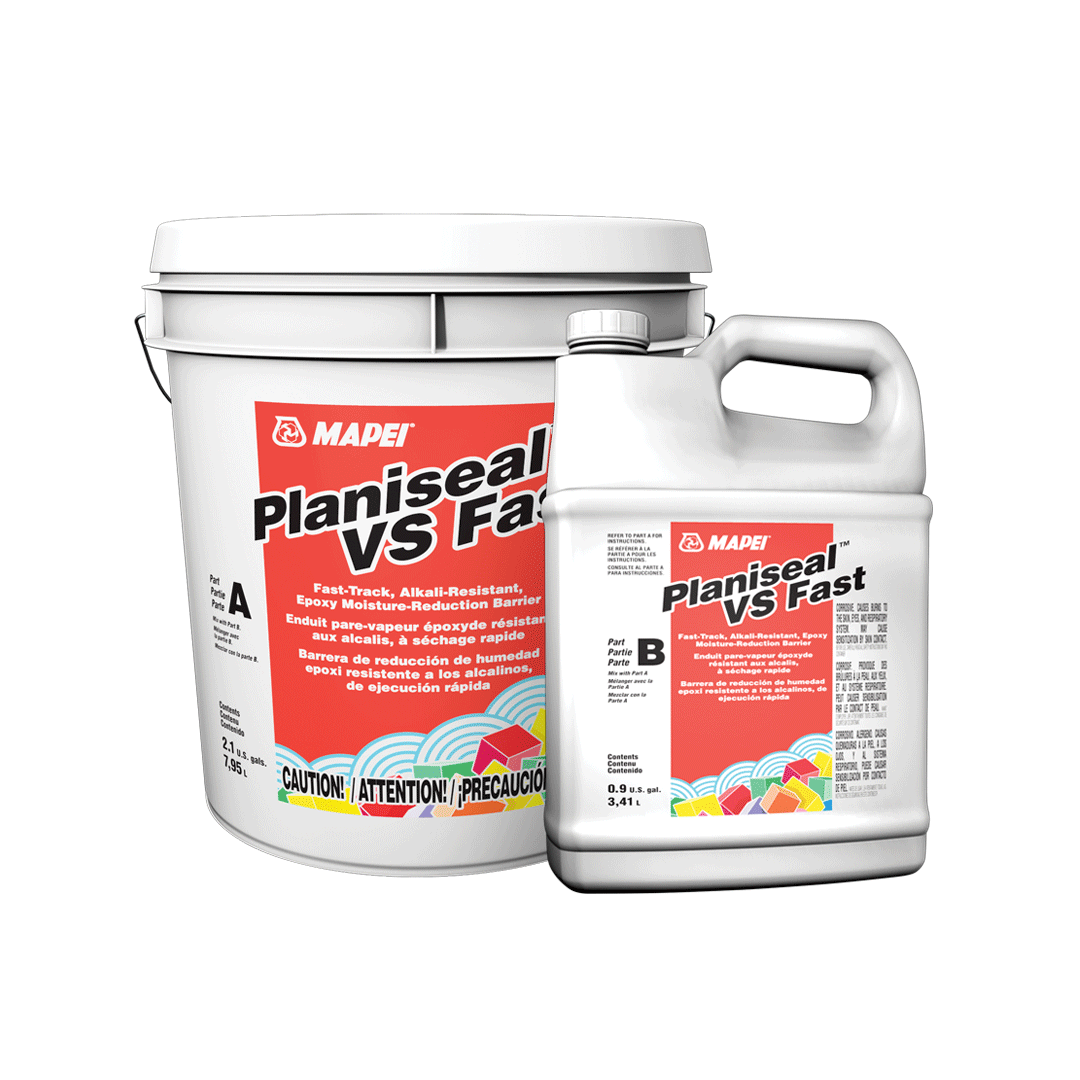
Looking for concrete facts and not best guesses? What are the best methods for blocking moisture from reaching floor-covering…
Technical documentation

Technical Services at 1-800-992-6273
Customer Service at 1-800-426-2734 (1-800-42-MAPEI)